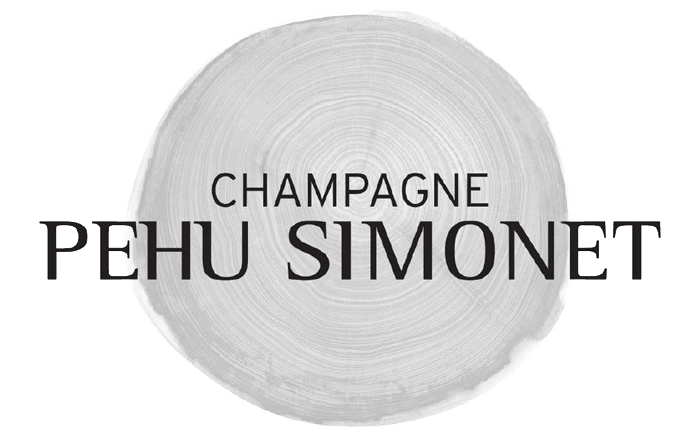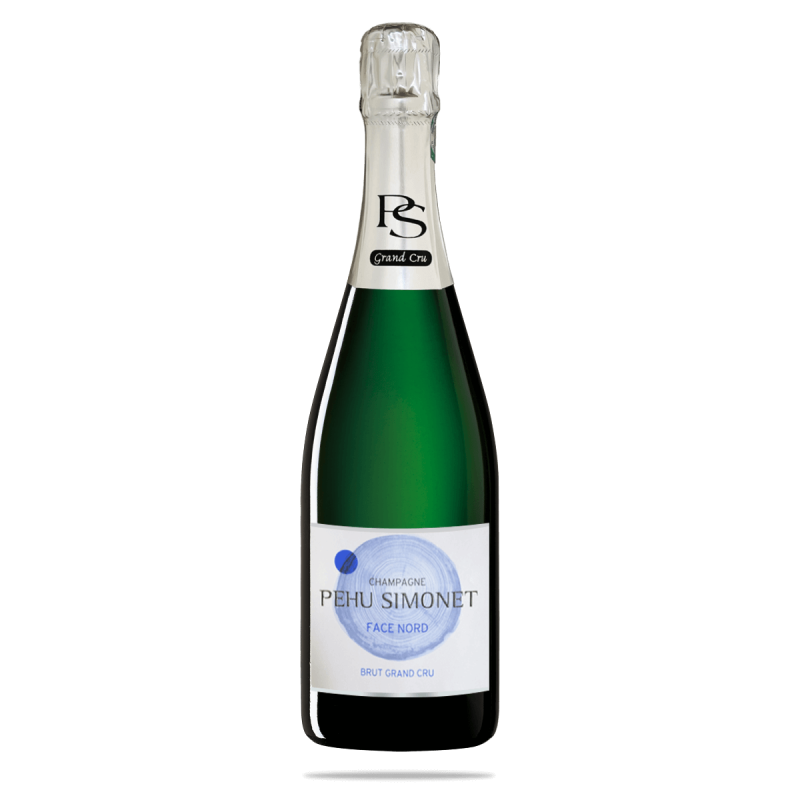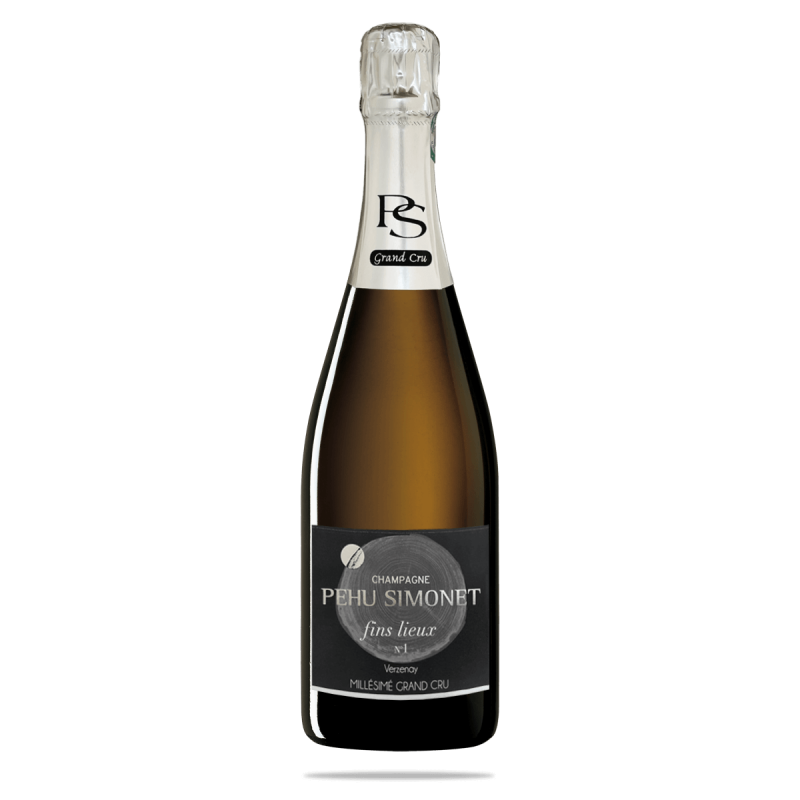
For four generations, the Pehu family has been producing bottled champagnes at the estate. The widow Pehu started in the early 1900's followed by Antonin Pehu. In the early 1970s, the Pehu Simonet label was created by David Pehu's parents with the introduction of vines from his mother's side. In 2002, Christine Fresnet joined the estate allowing the complexity of the vintages to be further enhanced. David Pehu has been involved in the winemaking process since 1988 and, since 1995, has been in sole charge of the cellar, making the wines he dreams of.
The champagne house Péhu Simonet
THE ART OF PRESERVING FRESHNESS / North side
The vineyard of Champagne Pehu Simonet covers 5 hectares, mostly in Verzenay: "My vines are located in the heart of the terroir. The result of exchanges and skilful transactions of the generations that preceded me. They worked well! While David Péhu does some trading, almost all of his supply remains his own vineyard, which offers him the assurance of working with grapes whose maturity is consistent with the style of wine he is seeking. David insists on doing precise work on freshness that starts at the viticulture stage, through the development of a higher trellis to avoid having to trim the vines. In addition to the interest of the aerial expansion of the vine for the root development, it provides more acidity.
This preservation of the natural freshness of the grapes, a major asset of the north face, whose name he gave to one of his vintages, allows him not to have to block malolactic fermentation. "I have enough acidity to allow me to let them start naturally if they need to happen, it saves me from adding extra sulfites." Having been in organic conversion for almost three years, Pehu Simonet has not retro pedaled despite the unprecedented mildew attack in the summer of 2021. "I knew the time when winegrowers were asked to flood Champagne with grapes. As soon as I took the reins of the farm, I took the opposite approach by experimenting with green harvesting.
Today, we work the soil on 50% of our estate with a horse. Some people point out its higher carbon footprint, but when you are in the vineyards with it, a harmony emerges, and this cannot be quantified! We are also developing agroforestry. In the past, below the mill of Verzenay, orchards grew. They have disappeared and the hillsides lack biodiversity.
At the beginning, I only wanted to plant local species. But we must take into account global warming and anticipate it, otherwise we risk penalizing the survival of pollinators.


